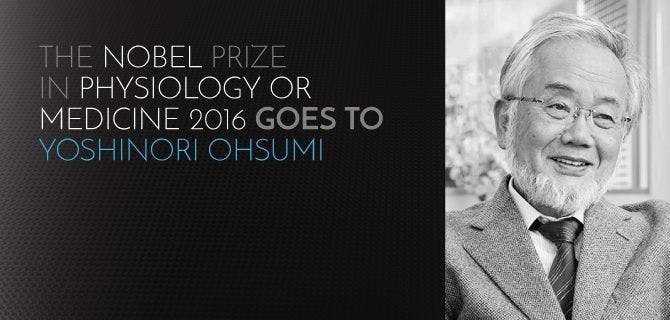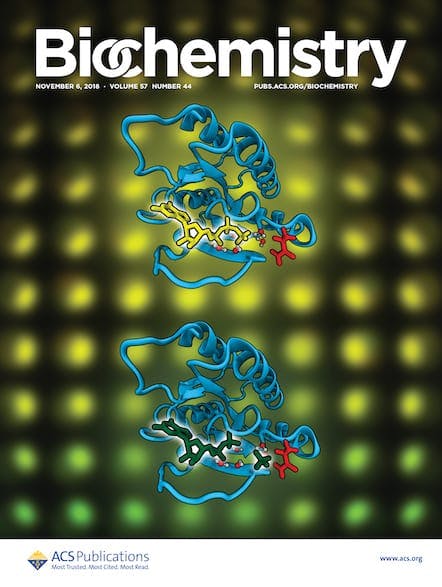In recognition of his research into autophagy, the 2016 Nobel Prize in Physiology or Medicine goes to Yoshinori Ohsumi. The Tokyo Institute of Technology biologist won the prize for his research into the mechanisms cells use to break down and reuse their own components. The autophagy process is an essential part of maintaining cell health, as […]

In recognition of his research into autophagy, the 2016 Nobel Prize in Physiology or Medicine goes to Yoshinori Ohsumi. The Tokyo Institute of Technology biologist won the prize for his research into the mechanisms cells use to break down and reuse their own components. The autophagy process is an essential part of maintaining cell health, as cells break down old organelles and even foreign matter and then use that material to rebuild the cell.
The term “autophagy” comes from the Greek words for “self” and “eating,” and refers to a cell’s ability to “eat” its own components using an organelle called a lysosome. This process helps cells maintain essential functions and even helps protect against foreign bodies, such as invading bacteria or viruses. When autophagy doesn’t happen correctly, it can lead to a variety of chronic diseases, including type-2 diabetes, Alzheimer’s disease, Parkinson’s disease, and cancer.
Prior to the 1990s, autophagy was known but poorly understood. Yoshinori Ohsumi’s groundbreaking studies on baker’s yeast changed all that. He devised experiments that allowed him to control and study the process in detail. His work helped uncover the mechanisms cells use to not only break down matter, but also recycle it. Additional research showed how the same processes work in larger organisms, including humans. His work has spurred considerable interest and further research into the discipline.
The 71-year-old cell biologist is the 6th Japanese person to win the Nobel Prize in Physiology or Medicine and the 23rd Nobel Laureate in any discipline to come from Japan.
Two of Yoshinori Ohsumi’s papers on autophagy, published in Biochemistry and Chemical Reviews, are now open access through the ACS Editors’ Choice program:
ATG Systems from the Protein Structural Point of View
Chem. Rev., 2009, 109 (4), pp 1587–1598
DOI: 10.1021/cr800459r
***
Transcriptomic and Proteomic Analysis of a 14-3-3 Gene-Deficient Yeast
Biochemistry, 2004, 43 (20), pp 6149–6158
DOI: 10.1021/bi035421i
***
